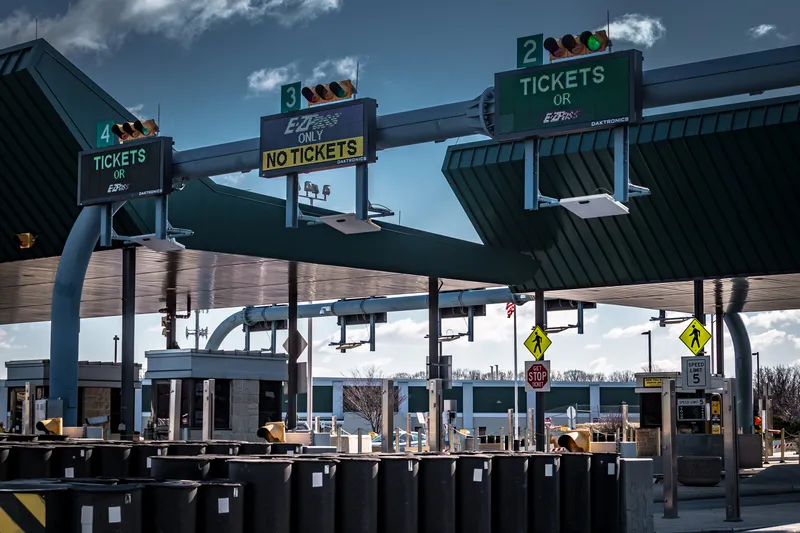The
Trucks account for approximately 23 to 30 per cent of all traffic on I-94 in southwest Michigan, making it the highest concentration of commercial vehicles on interstate highways in Michigan. Truck parking is a major safety concern; commercial truck drivers routinely park on rest area entrance and exit ramps, in designated car parking areas, and on interstate entrance and exit ramps. Meanwhile, a significant percentage of truck parking spaces at private parking facilities are empty or under-used. The goal of TPIMS is to identify available parking and share that information with commercial vehicle operators.
MDOT is using a number of high-tech methods of sharing parking availability information, including dynamic roadside truck parking signs, its Mi Drive traffic information website, Truck Smart Parking Services website and smartphone applications as well as a fleet of pilot trucks equipped with on-board connected vehicle equipment.
With any intelligent transportation system, driver distraction is a major consideration and was a critical focus when designing all aspects of the project. Features like text-to-speech were implemented in smartphone and connected vehicle applications to reduce driver distraction and improve safety.
MDOT unveils I-94 truck parking information and management system
The Michigan Department of Transportation (MDOT) has launched its I-94 truck parking information and management system (TPIMS), a system that assesses truck parking availability along the I-94 corridor in southwest Michigan and delivers real-time parking availability information to truck drivers. The project is federally funded under the Federal Highway Administration (FHWA) Truck Parking Facilities Discretionary Grants Program.
September 5, 2014
Read time: 2 mins










